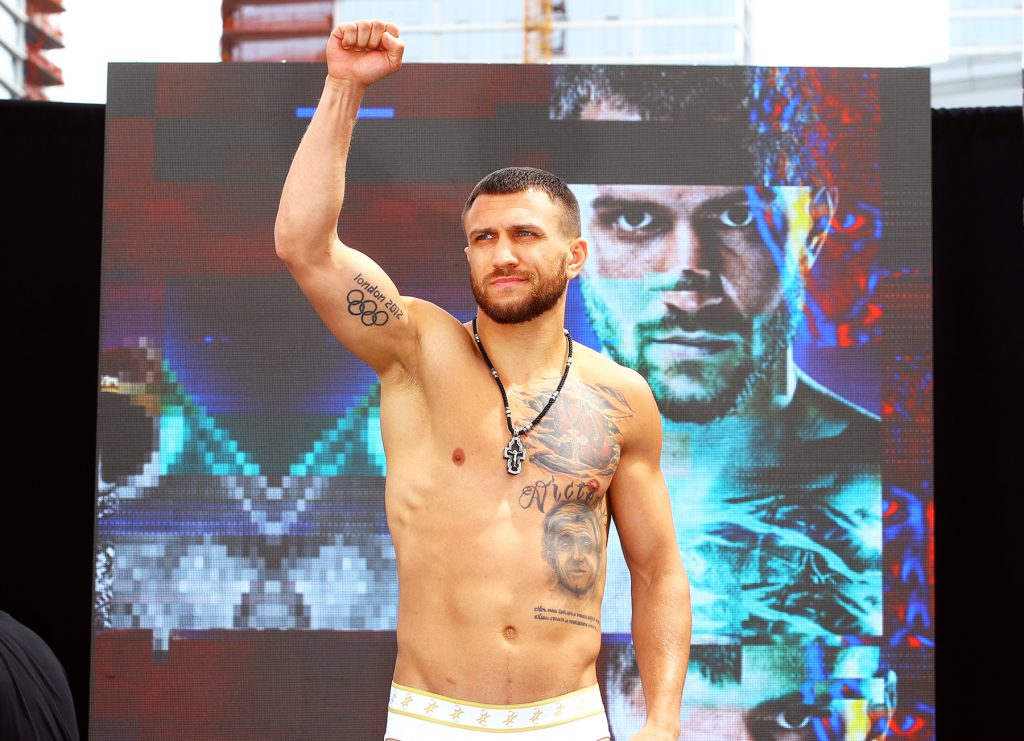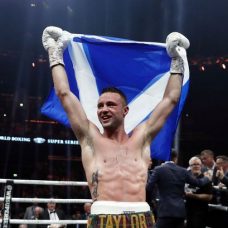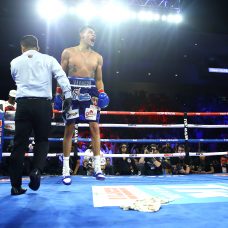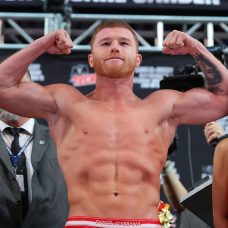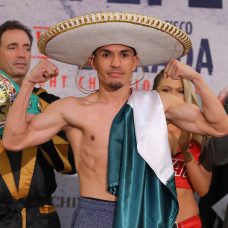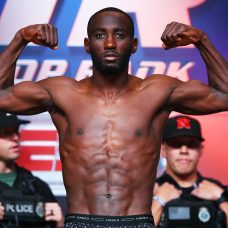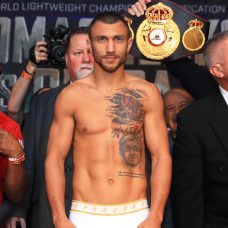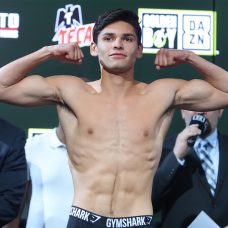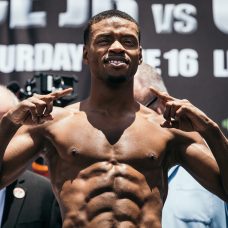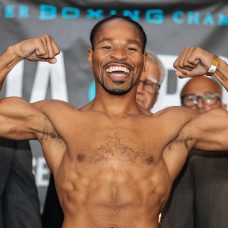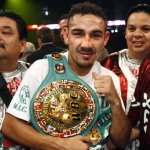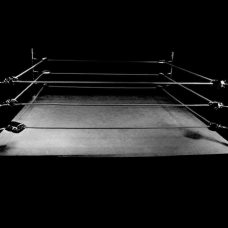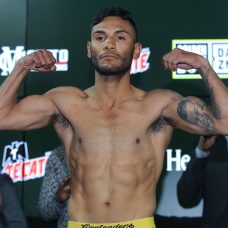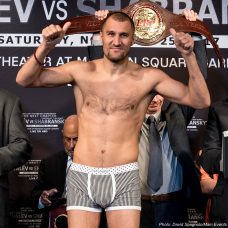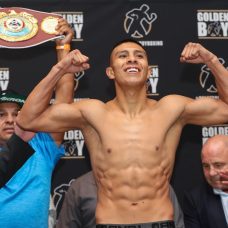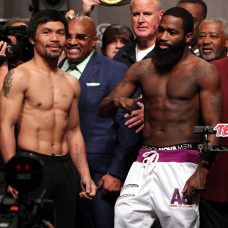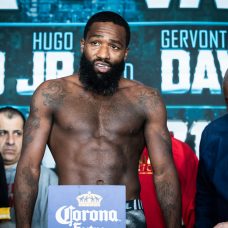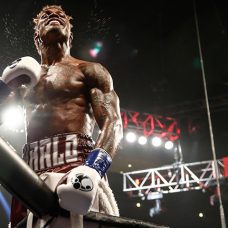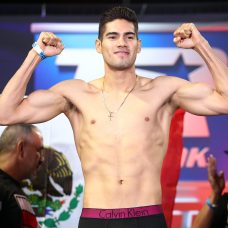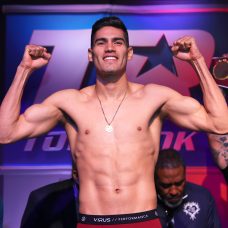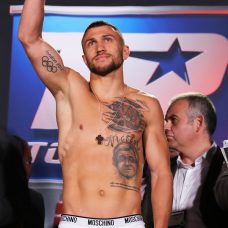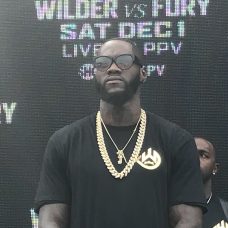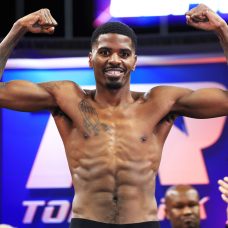The funniest men on the planet
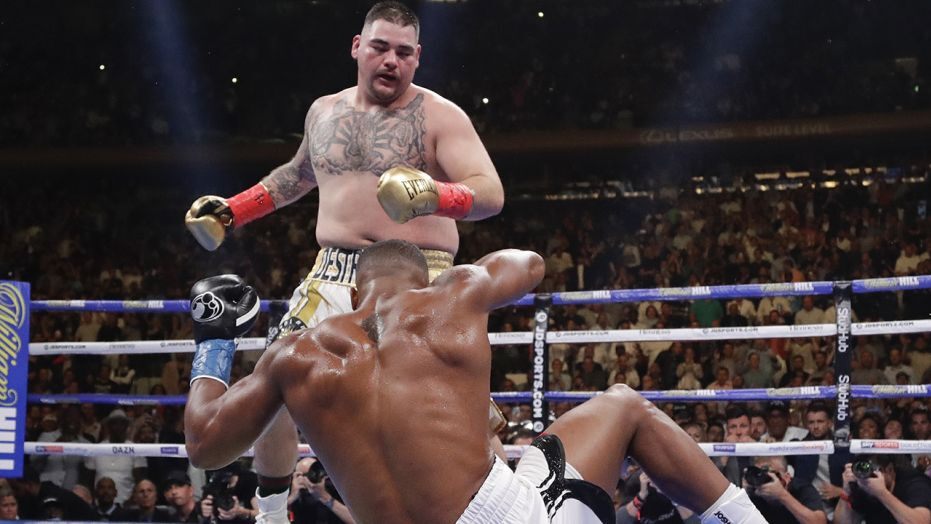
By Bart Barry-
Saturday at Madison Square Garden in a fight
broadcast by DAZN, statuesque world heavyweight champion Anthony Joshua and misshapen
challenger Andy Ruiz made quite possibly the funniest spectacle in our beloved sport’s
history. If you weren’t laughing or at
least smiling you missed one of life’s unique opportunities, and if you were
among others who weren’t laughing with you, why, you must improve your
associations immediately.
Chubby Andy Ruiz, brought in on short notice for a
ritual humiliation with the baddest man on the planet, razed Joshua a fourtime,
made him a passive round-7 quitter, and humiliated the whole of boxing’s heavyweight
institution.
The moment was ecstatic. As ringside commentators and scribes readied
their solemnest tones to impart the historic import of what just happened, the
DAZN replays, hyper-definition hyper-slo-mo showed the challenger’s back,
jiggling pornographically, as he put the finishing touches on AJ. It was a form of visual comedy whose
authenticity someday may be matched but cannot be topped. It was a sight so wondrous a child couldn’t
miss its absurdity and any right-thinking adult had to enjoy it a hundred times
more for its rarity.
Joshua, to his credit, laughed through the entire
episode; perhaps the absurdity enchanted him, too, or perhaps he was knocked
silly or perhaps longsuffering aficionados called for comeuppance in a single
voice and for once the universe heeded us.
It was not a joke on Joshua so much as his enablers. The selfaggrandizing fleshpeddlers and
circusbarkers, the celebrity tourists and their publicists, the vlog buffs and
podcast critics and every dweeb with a calculator app and pay-per-view
prediction, the lot of them, didn’t know enough to laugh – didn’t realize the
moment called for joyful selflessness, for losing oneself not in Ruiz’s triumph
but in our sport’s absurdest moment.
“Honest to God, he’s going to lose to Ruiz.”
“AJ’s going to get caught with a lucky punch?”
“Nope.”
“He’s going to separate his shoulder or sprain his
ankle?”
“Not even close.”
“He’s going to get robbed by Yank judging?”
“Colder.”
“I give up.”
“Fully able to continue, after getting spanked and
sparked by an obese lad over whom he towers, Joshua’s going to spit his
mouthpiece, retreat to a corner and refuse to defend his four titles one second
longer.”
Part of the ecstasy of the moment was its impossible
unpredictability. Even if a wiseacre or
innocent among us bothered to pick Ruiz on a lark, not even he might’ve
predicted Saturday’s final instants: Joshua’s taking a knee, enduring another
count, rising robotically, retreating to a corner, refusing to toe the line,
telling the referee he wanted to toe the line, reclining further in his corner,
refusing to toe the line, telling the referee he wanted to toe the line,
watching the referee wave hands in front of him, feigning a momentary disgust, resigning
himself, reclining once more.
Joshua’s hardest fight was with disbelief much as Andy
Ruiz. Told his entire career what a
business he was, how many livelihoods he sustained throughout the kingdom, how
groundbreaking be his brand, AJ waited patiently for some institutional
intervention; his majesty requested a sabbatical in round 7, and only the
grandest act of ingratitude might deny it.
Then it happened – his request got declined. As you read this, whether on the day it is
published or 10 years later, Joshua still can’t believe his request for recovery
time got rejected.
Do you have any idea who I am?
It’s funnier still to know, as we all now do, his
request for sabbatical, if granted, wouldn’t have changed anything but the
official time of stoppage. Joshua was
beaten in round 3, not even a halfminute after dropping Ruiz with a dandy
hook. Ruiz rose, confused, while
something like the word “inevitable” went through every bystander’s mind at
once. It was, then, time to train our
eyes on Joshua, the better to observe how quickly he took Ruiz’s consciousness,
compare it in real time with our recollection of what Deontay Wilder did a few
weeks back, and birth a fully formed conclusion on who would win the
hypothetical match between them.
And then in the middle of the sacrifice Saturday’s
scapegoat nipped its highpriest. Just a
nip, truly, a balance shot but nothing a baddest man on the planet should register. Then the entire artifice came down in a laughable
heap, rose, then came down again and again.
We can leave the serious analysis to anyone who still takes any
heavyweight seriously but drop a breadcrumb as we skitter away laughing: Ruiz
nearly broke Joshua in half with a midrounds right cross to his midsection that
dropped the champion’s left guard surely as fatigue dropped the champion’s full
self, and that tells you the wisdom of Joshua’s wanting an immediate rematch.
How damnably fragile be these giants! Ten punches in his finishing move Joshua was
suffocating, heaving his gorgeous pecks and regal delts, pleading Manhattan
thicken its air. What the hell kind of
professional fighter finds himself drowning 10 punches in to a fight’s ninth
minute?
It added to the moment’s high mirth, though, it
did. The fatman’s shimmying pursuit, the
giant’s ridiculous retreat, the most important arena in the history of
important arenas gone muted, the imperial palace reduced to what red sauce and
orange cheese cover an enchilada plate.
The spectacle was relentless fantastic. The champion tagged and toothless, his mouth
alternating between airsucking ovals and get-this! smirks, the champion’s
boundless selfassurance swapped in a realtime identity crisis (how about that
ridiculous bouncing-n-boxing thing in round 6), and all for our entertainment. Sport can be no more entertaining than
Saturday’s main event. If you’re new to
boxing be grateful you’ll have a standard of comparison the rest of your days,
and if you’re old to boxing be grateful you lived long enough to witness the
funniest moment of the modern era.
Bart Barry can be reached via Twitter @bartbarry
